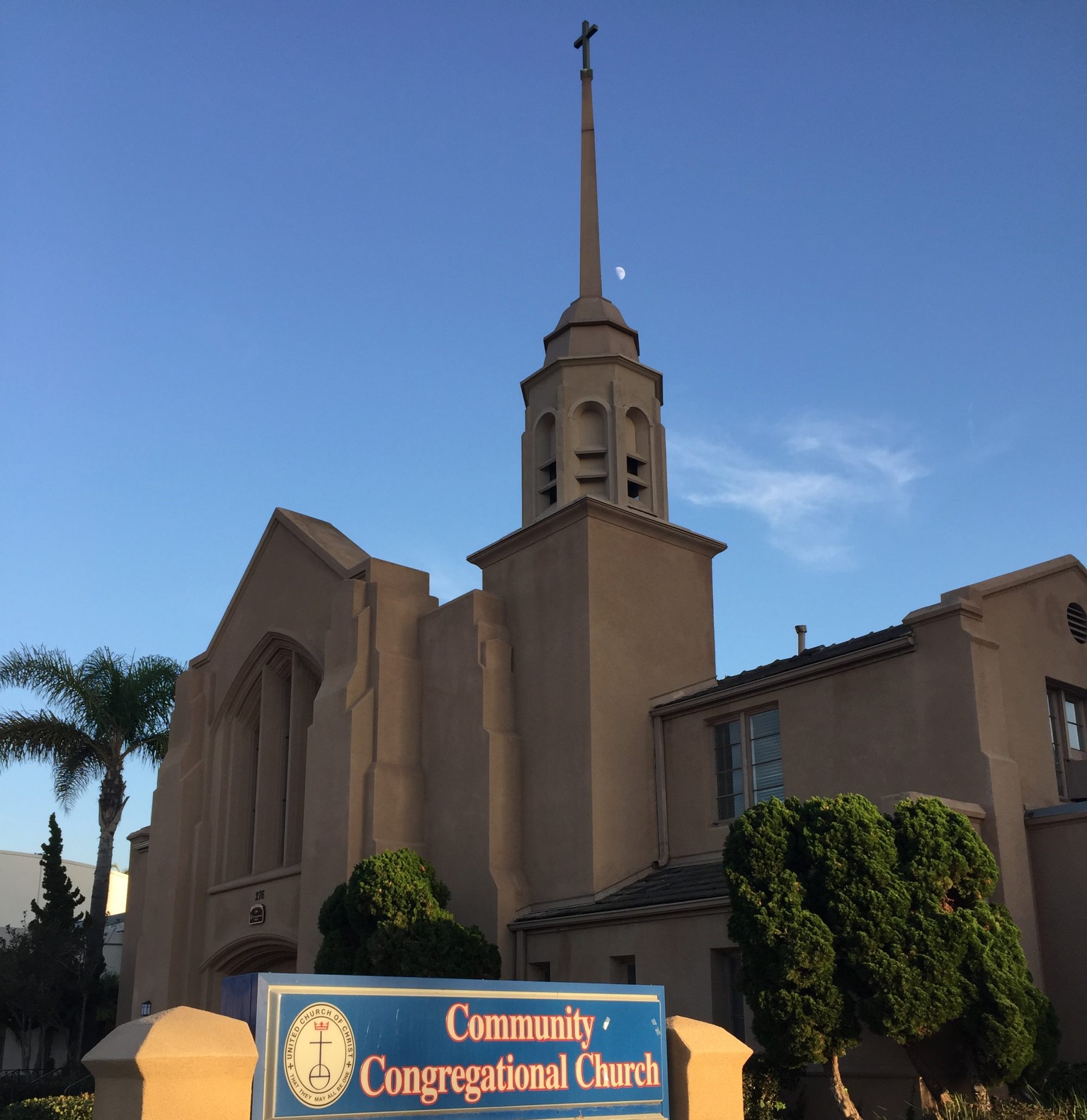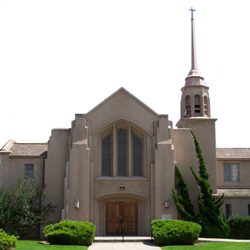Dear Friends in Christ,
You are cordially invited to participate in our Easter Sunday Worship Service on Sunday, April 12th at 9:30 a.m., when we will be celebrating Jesus’ resurrection.
Please download the worship service which is attached here.


No matter who you are or where you are on life’s journey… You are welcome here!
Dear Friends in Christ,
You are cordially invited to participate in our Easter Sunday Worship Service on Sunday, April 12th at 9:30 a.m., when we will be celebrating Jesus’ resurrection.
Please download the worship service which is attached here.
Dear Friends in Christ,
I hope that you have been having a blessed Holy Week, even in the midst of our continued “lock-down” time. Please remember that we will not have our usual Wednesday night reflection. Instead, you are cordially invited to participate in our Maundy Worship Service on Thursday, April 9th at 7 p.m., when we will be remembering Jesus’ Last Supper with His disciples. To prepare for worship on Thursday night, we ask that you have ready some bread and some juice that you can share with those who share your home. Then, please download the worship service which is attached, here.

Then on Sunday, at 9:30 a.m., you are invited to join us in a joyful Easter worship! You will be receiving Sunday’s worship service by email and/ or on our web page by Saturday. You can find the worship service liturgies and services (live) on our web page www.chulavistachurch.com or on our Facebook page www.facebook.com/chulavistaUCC, at the times listed above. Invite your family and friends to worship with us, as well!
We look forward to being together across the miles as we remember and thank Jesus, for His sacrificial love, for all of us.
“See” you soon,
Pastor Liz
You are invited to worship with Pastor Liz and her mom, Esther, tomorrow morning at 9:30 a.m. for our Palm Sunday live-stream worship service. You can find the live stream on Community Congregational Church of Chula Vista Facebook page or you can check back here, tomorrow afternoon to watch the worship service. Please follow along the communion liturgy and sing with us, the two hymns for Palm Sunday. Make sure to have some bread and juice prepared ahead of time so that you and your family can participate in communion together. We know that this is not the way we usually celebrate Palm Sunday but we do so from our homes, knowing that Christ will still be praised!
~
Celebration of Holy Communion
Palm Sunday, April 5, 2020
Communion liturgy written by Rev. Maren Taribassi. Used with permission from the author.

Invitation
For Holy Communion this morning,
I invite you to lend Christ your table.
On the first day of Holy Week long ago,
people throughout Judea arrived
at the dusty gates of Jerusalem,
primed with “Hosanna” in their hearts
and Jesus asked to borrow a donkey.
On the Thursday that followed,
Jesus rented or was given
John Mark’s mother’s Upper Room
to celebrate the Passover with the disciples.
On the afternoon of the resurrection,
Jesus was invited into a house in Emmaus
and used the bread of that hospitality
to break and bless.
Lend Christ your table, your bread, your cup and your heart,
for, as the disciples told the person who loaned the donkey,
“The Lord has need of it.”
Prayer of Consecration
Leader: We are one bread, one body, one cup of blessing. Though we are many throughout the earth and this church community is scattered, we are one in Christ. In your many kitchens, and living rooms, rest your hands lightly upon these elements which we set aside today to be a sacrament. Let us ask God’s blessing upon them.
Unison: Gentle Redeemer, there is no lockdown on your blessing and no quarantine on grace. Send your Spirit of life and love, power and blessing upon every table where your child shelters in place, that this Bread may be broken and gathered in love and this Cup poured out to give hope to all. Risen Christ, live in us, that we may live in you. Breathe in us, that we may breathe in you.
Words of Remembering
Leader: We remember that Paul the apostle wrote letters to congregations throughout places we now call Greece, Turkey and Macedonia, and they were the first “remote” worship resources. Our online service has a long heritage. The Communion words sent to the church at Corinth were these:
For I received from the Lord what I also handed on to you, that the Lord Jesus on the night when he was betrayed took a loaf of bread, and when he had given thanks, he broke it and said, “This is my body that is for you. Do this in remembrance of me.” In the same way he took the cup also, after supper, saying, “This cup is the new covenant in my blood. Do this, as often as you drink it, in remembrance of me.” For as often as you eat this bread and drink the cup, you proclaim the Lord’s death until he comes.

Sharing of the Elements
Leader: Let us in our many places receive the gift of God, the Bread of Heaven.
Unison: We are one in Christ in the bread we share.
Leader: Let us in our many places receive the gift of God, the Cup of Blessing.
Unison: We are one in Christ in the cup we share.
Prayer of Thanksgiving
Leader: Let us pray in thanksgiving for this meal of grace, rejoicing that, by the very method of our worship, we have embodied the truth that Christ’s love is not limited by buildings made with human hands, nor contained in human ceremonies, but blows as free as the Spirit in all places.
Unison:
Spirit of Christ, you have blessed our tables and our lives. May the eating of this Bread give us courage to speak faith and act love, not only in church sanctuaries, but in your precious world, and may the drinking of this Cup renew our hope even in the midst of pandemic. Wrap your hopeful presence around all whose bodies, spirits and hearts need healing, and let us become your compassion and safe refuge. Amen

Hymns for Palm Sunday
All Glory Laud and Honor #249, Red Hymnal
All glory loud and honor to Thee, Redeemer, King.
To whom the lips of children made sweet hosannas ring.
Thou art the King of Israel, Thou David’s royal Son,
Who in the Lord’s name comest, the King and blessed one!
To Thee before Thy Passion, they sang their hymns of praise;
To Thee, now high exalted, our melody we raise;
Thou didst accept their praises accept the praise we bring,
Who in all good delightest, Thou good and precious King!
Rejoice, Ye Pure in Heart #394, Red Hymnal
Rejoice ye pure in heart, rejoice, give thanks and sing;
Your festive banner wave on high, the cross of Christ your king;
Rejoice, rejoice, rejoice, give thanks and sing.
Then on, ye pure in heart, rejoice, give thanks and sing;
Your glorious banner wave on high, the cross of Christ your King;
Rejoice, rejoice, rejoice, give thanks and sing.
Pastor Liz Aguilar leads us in a reflection.